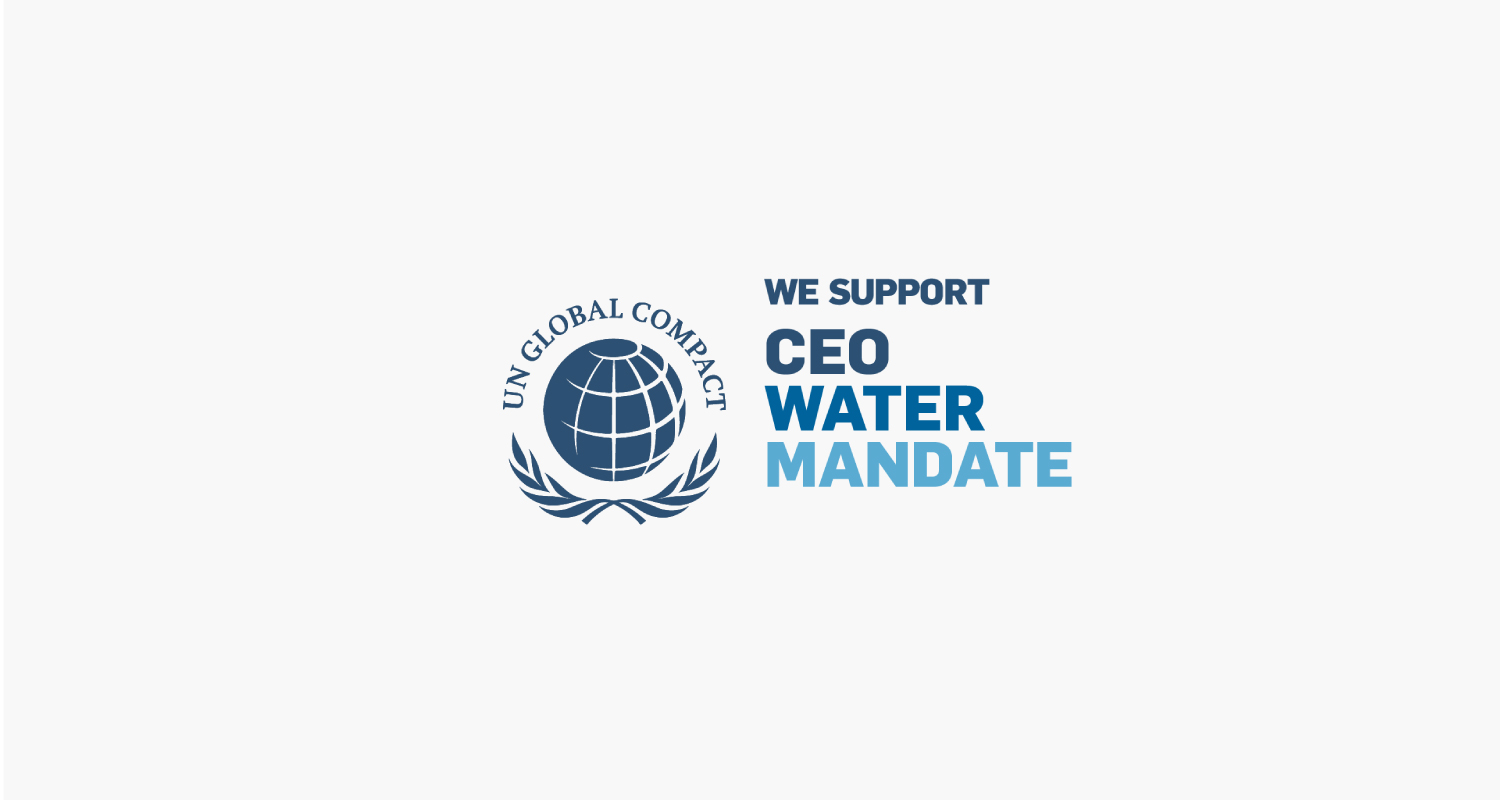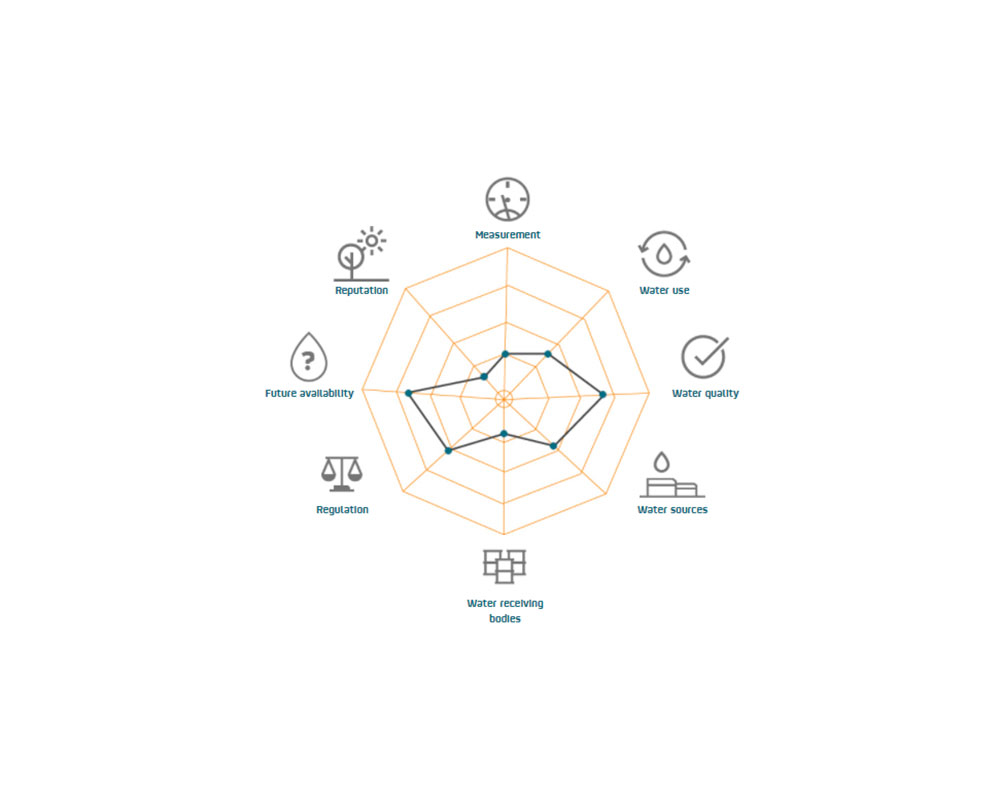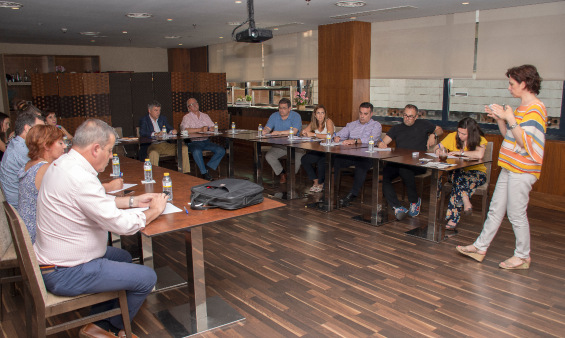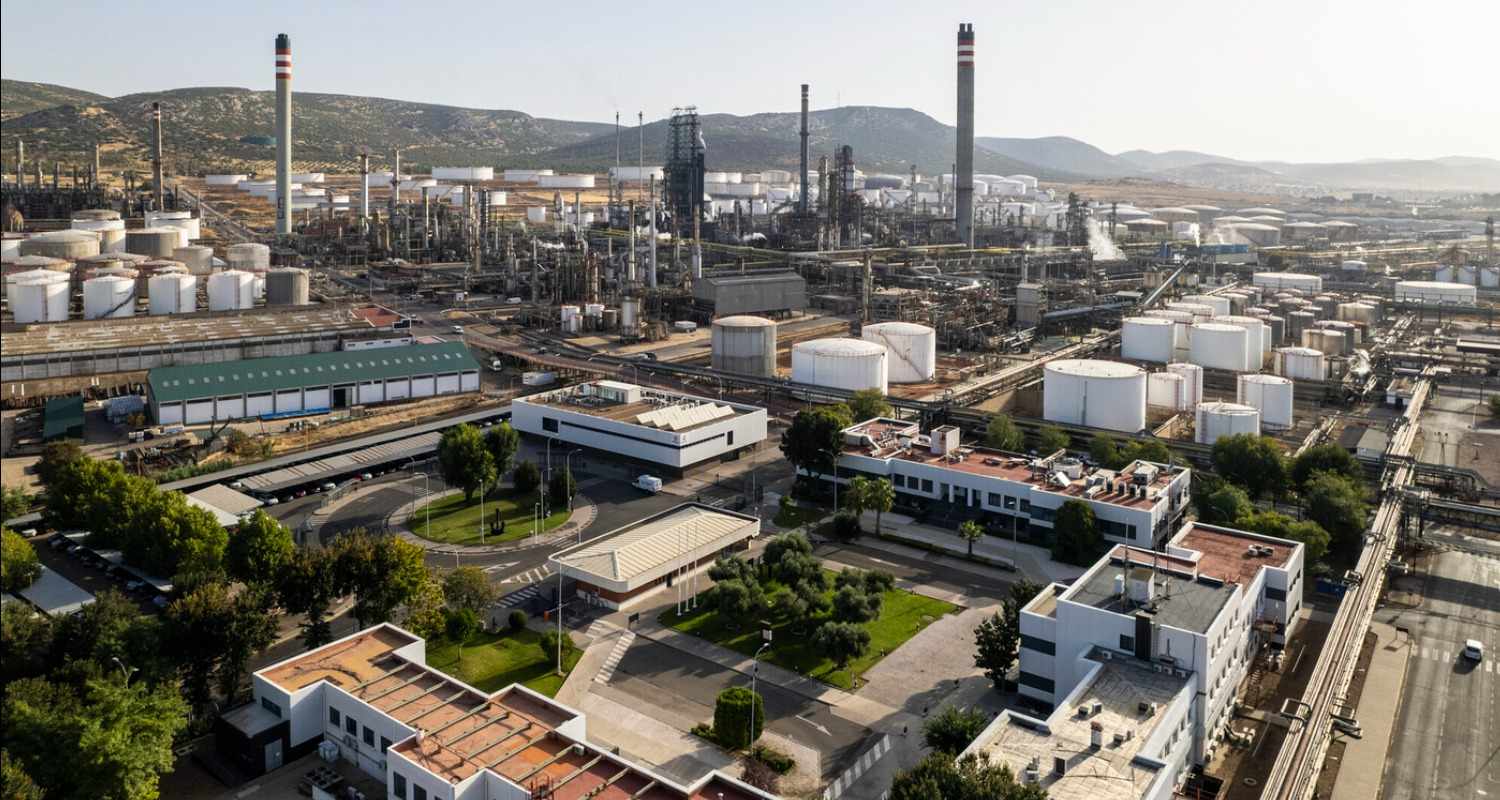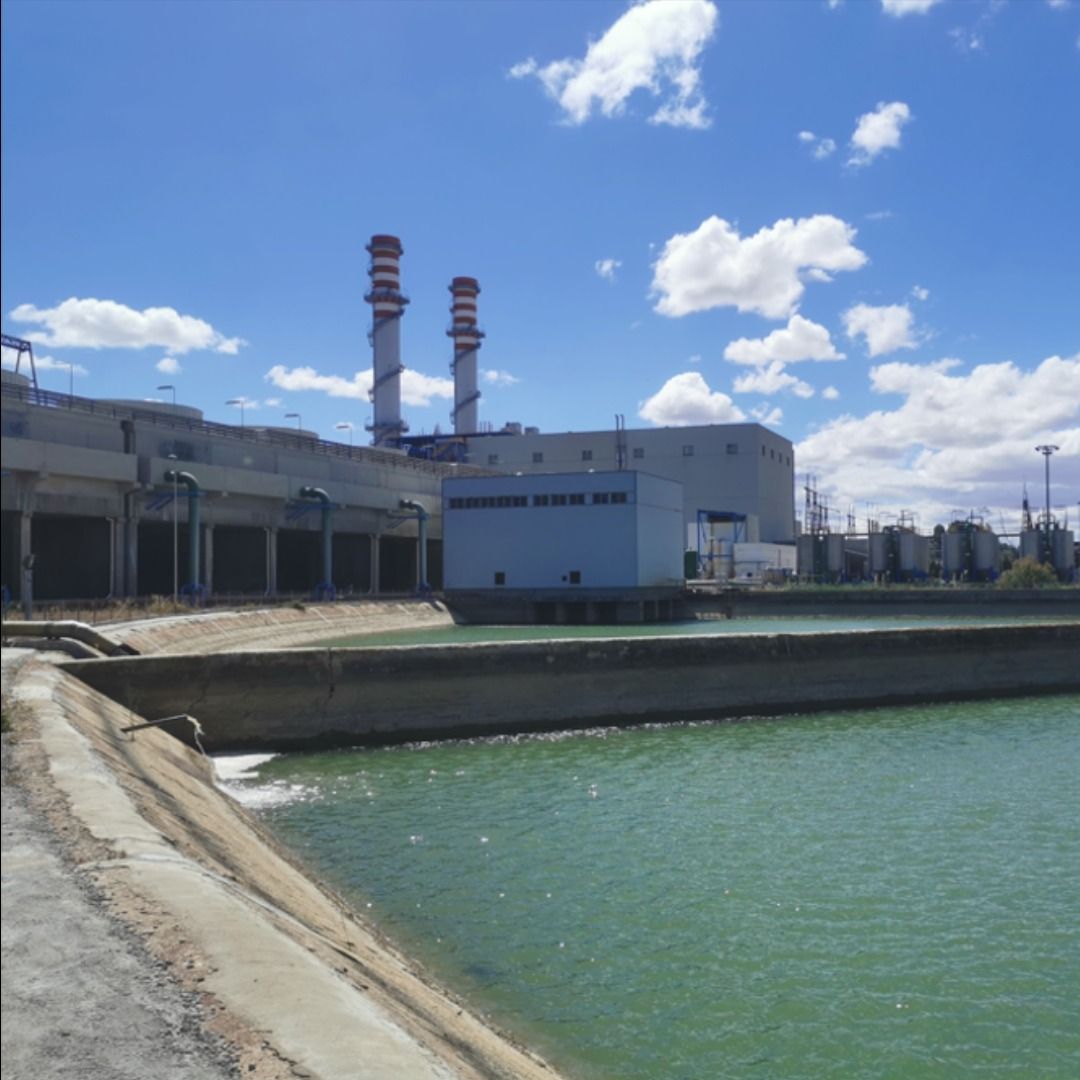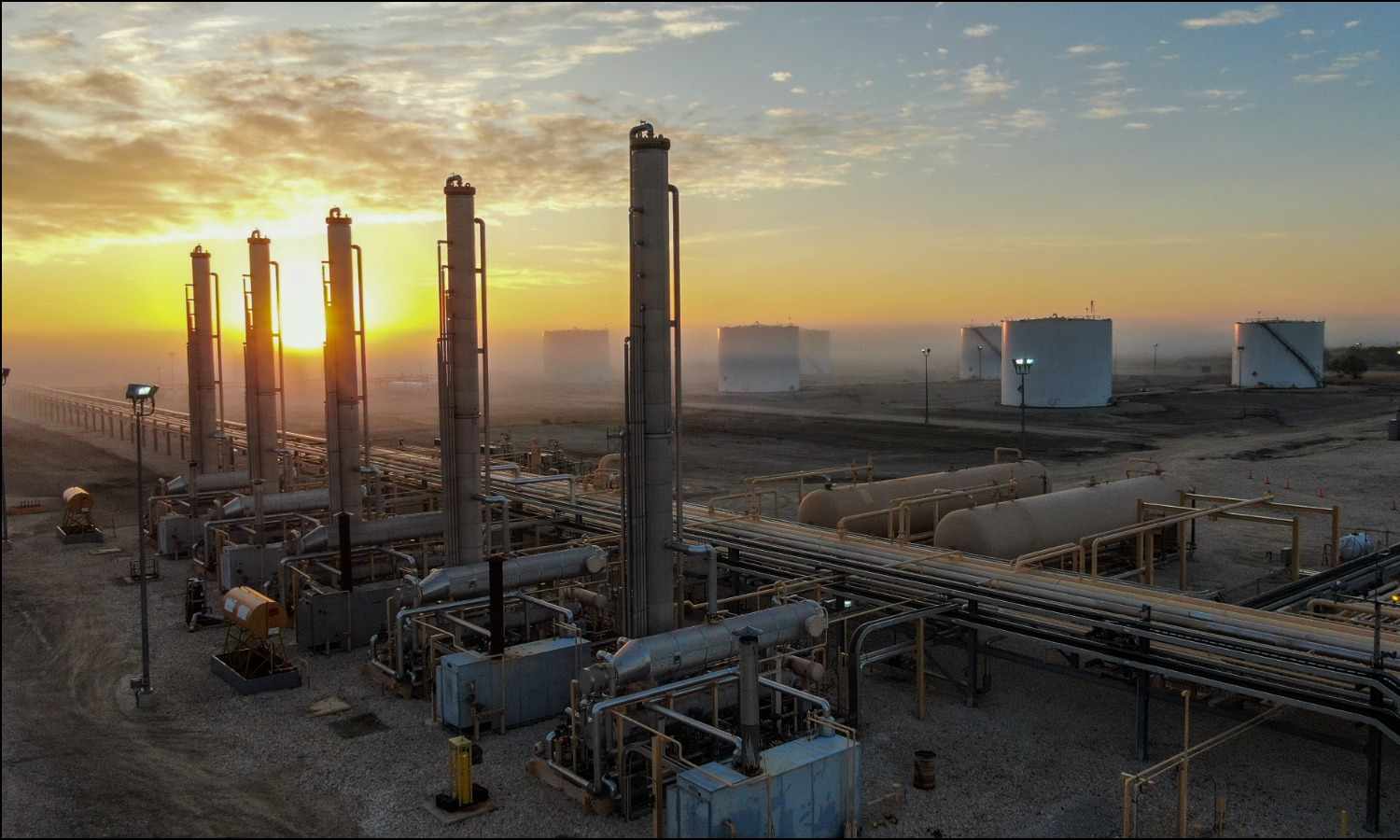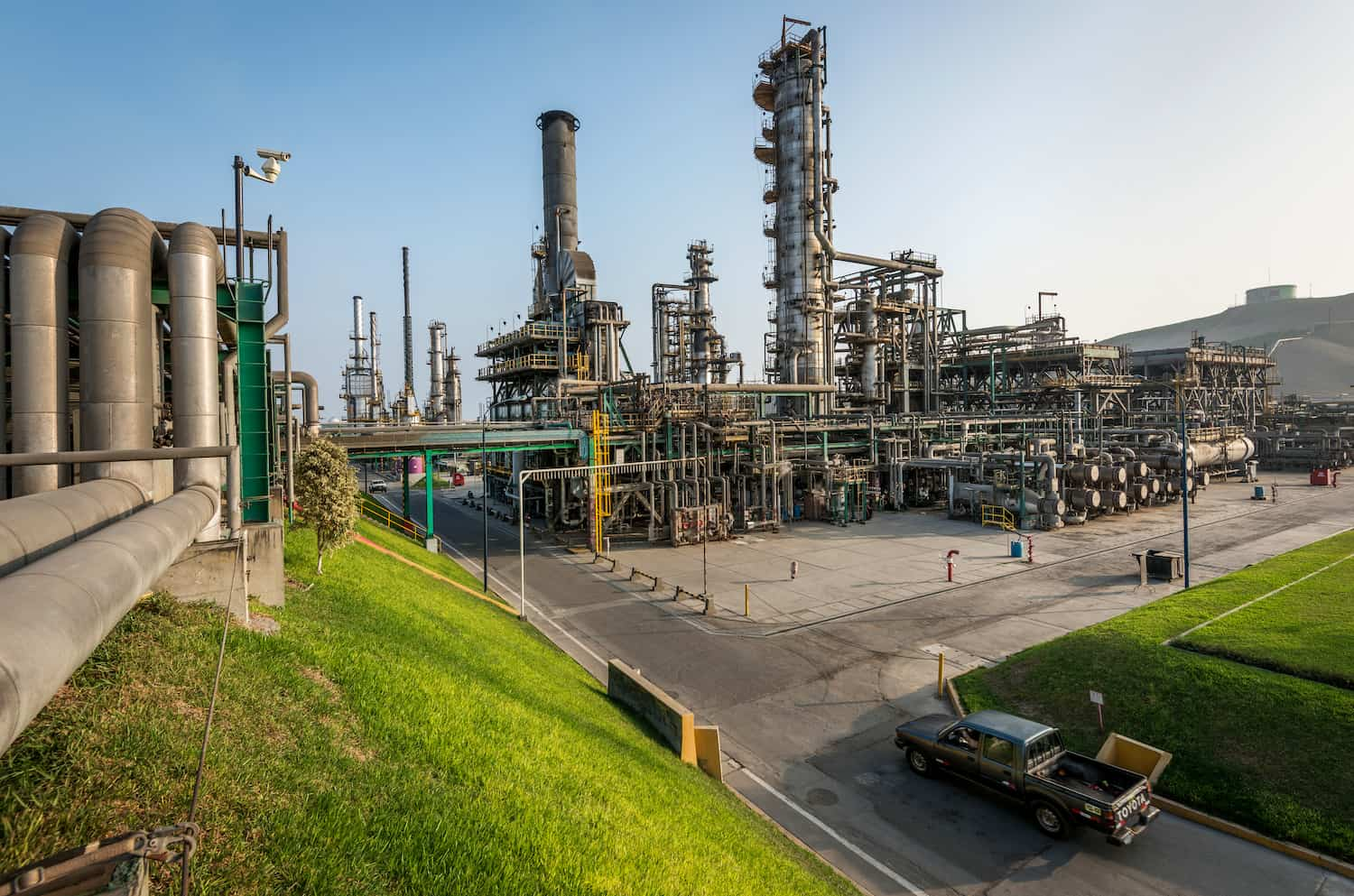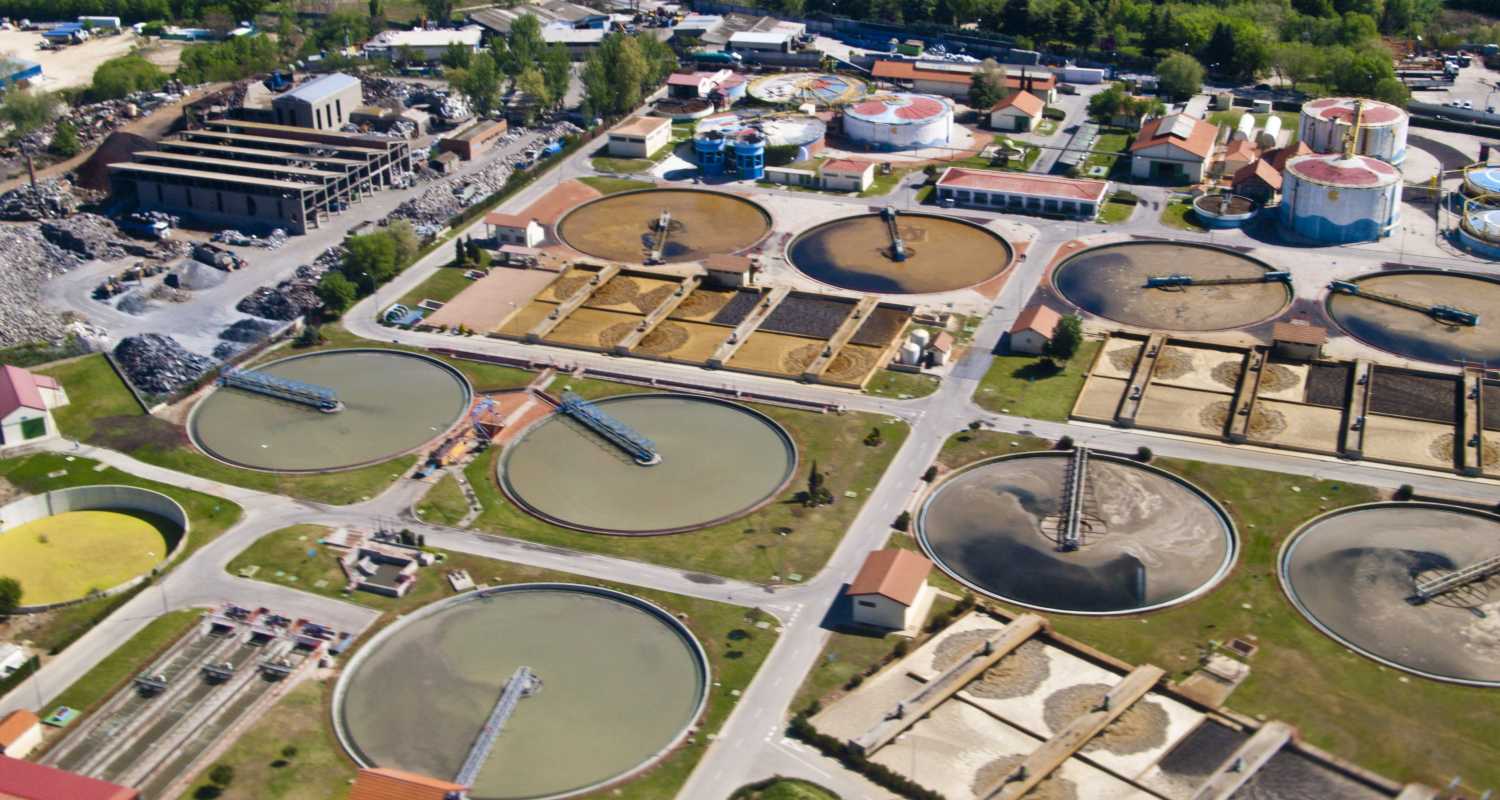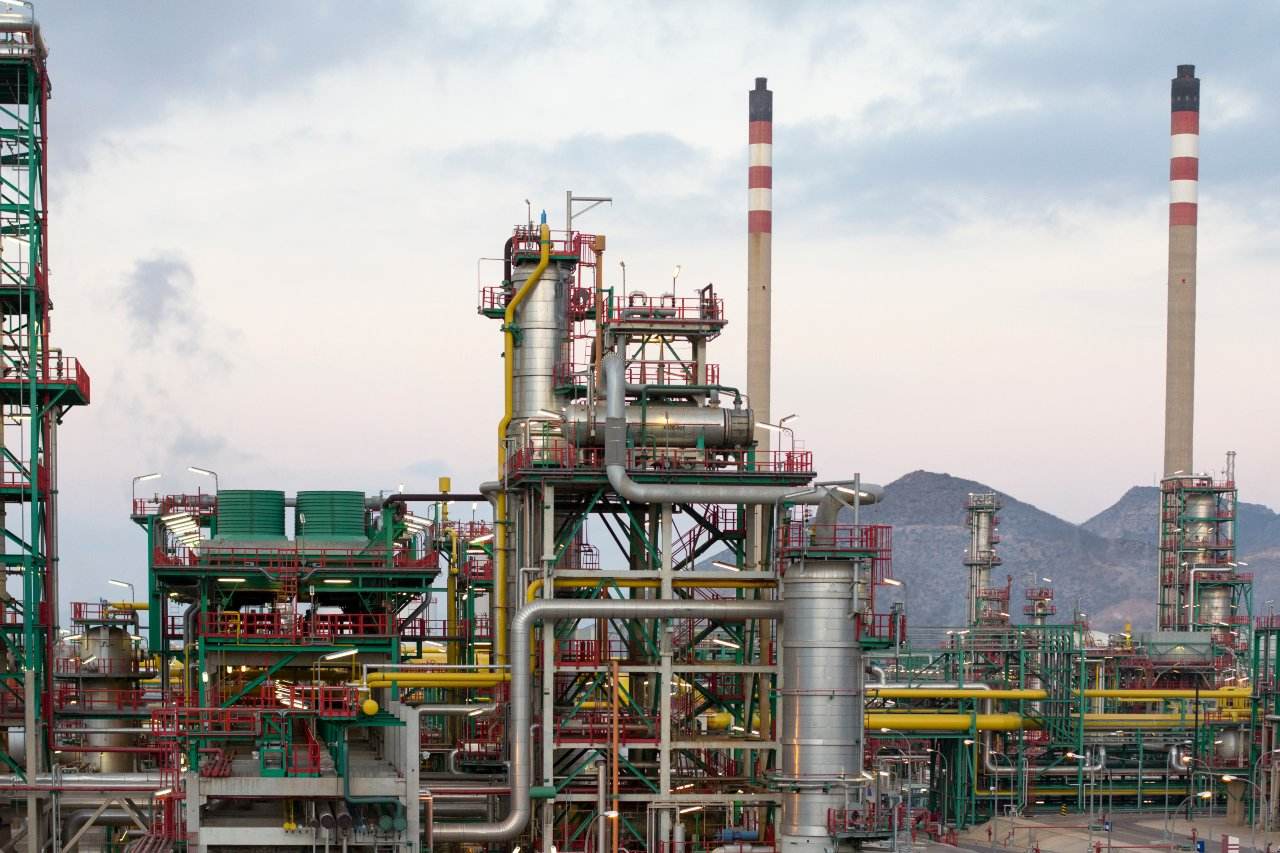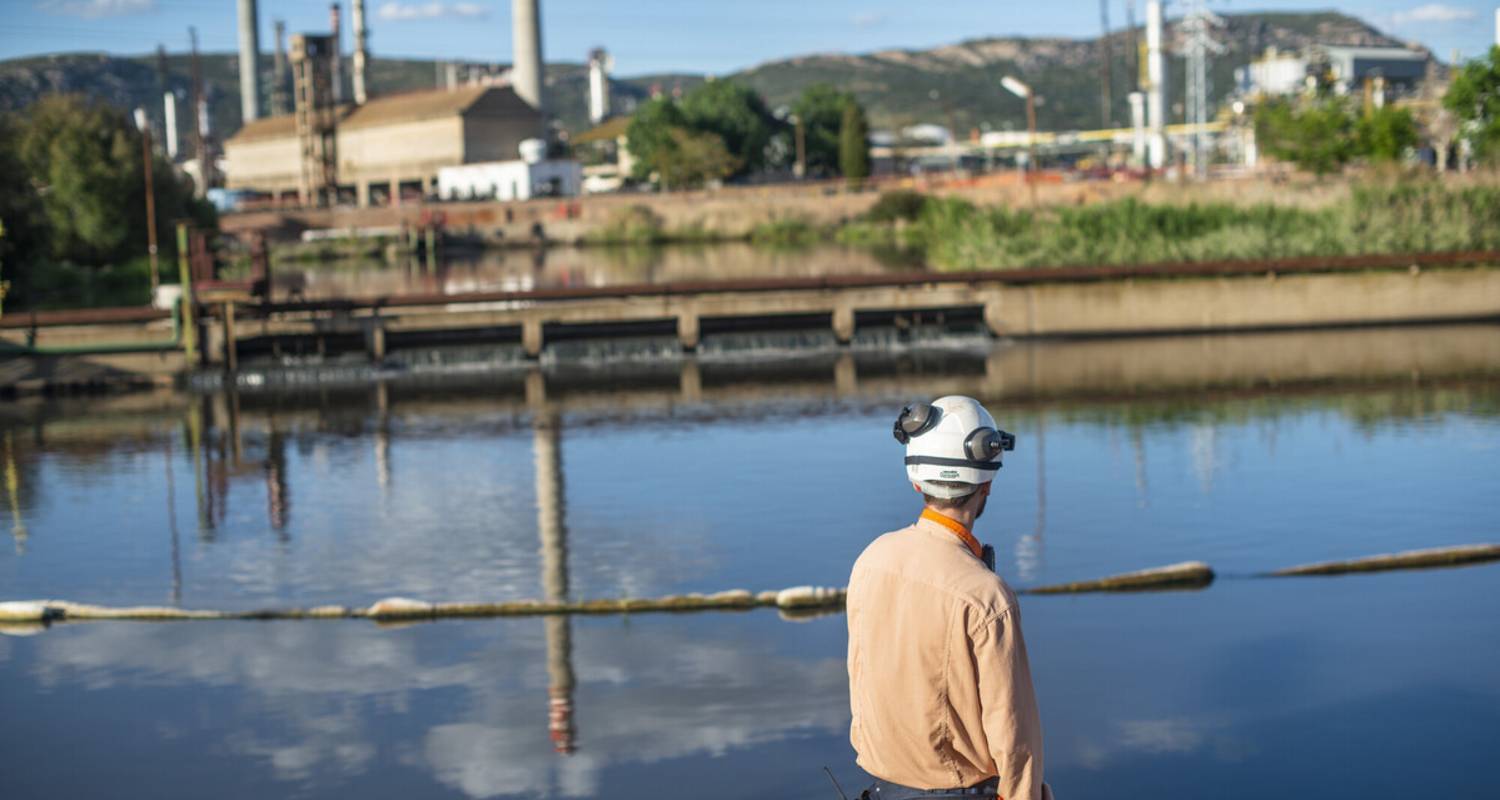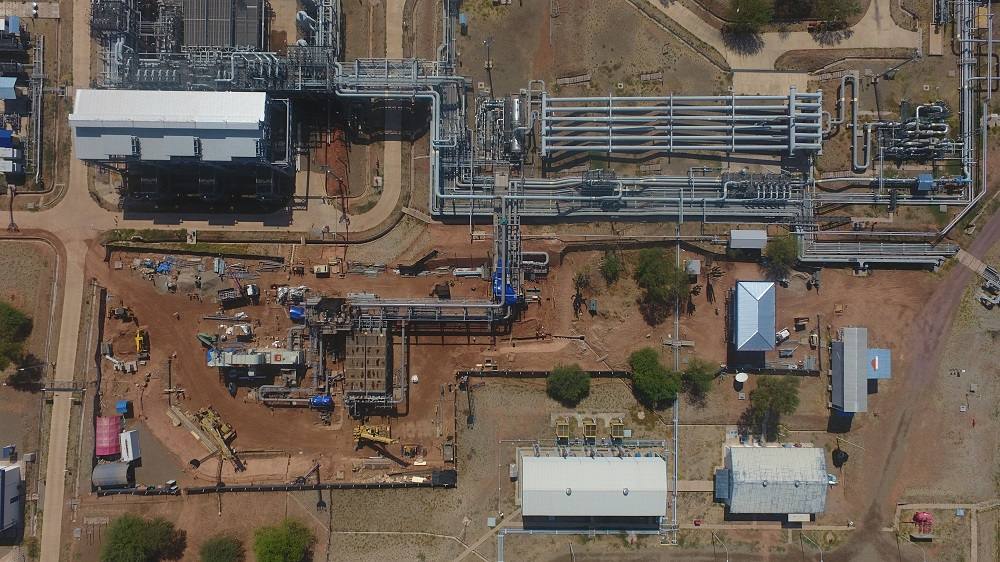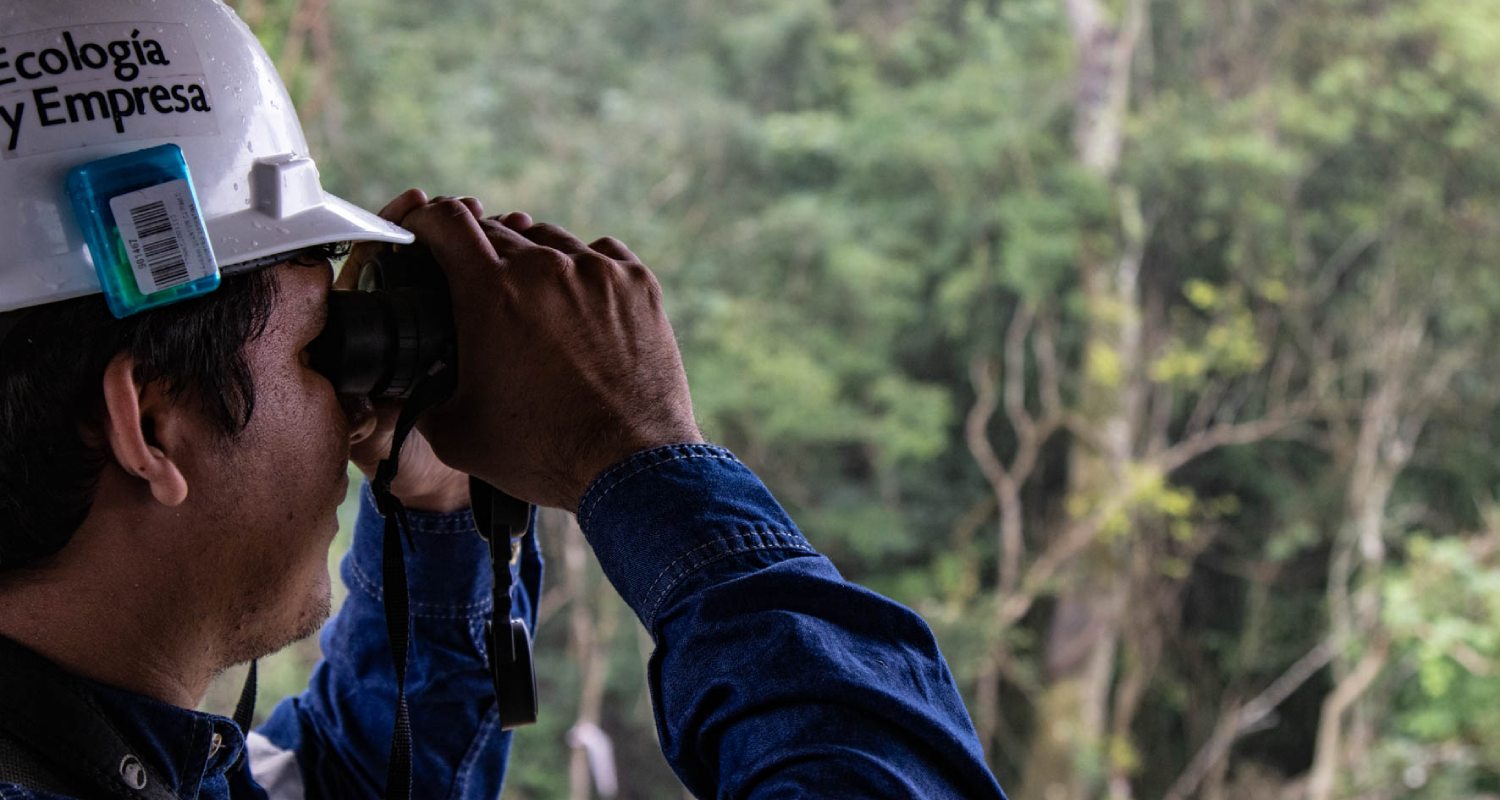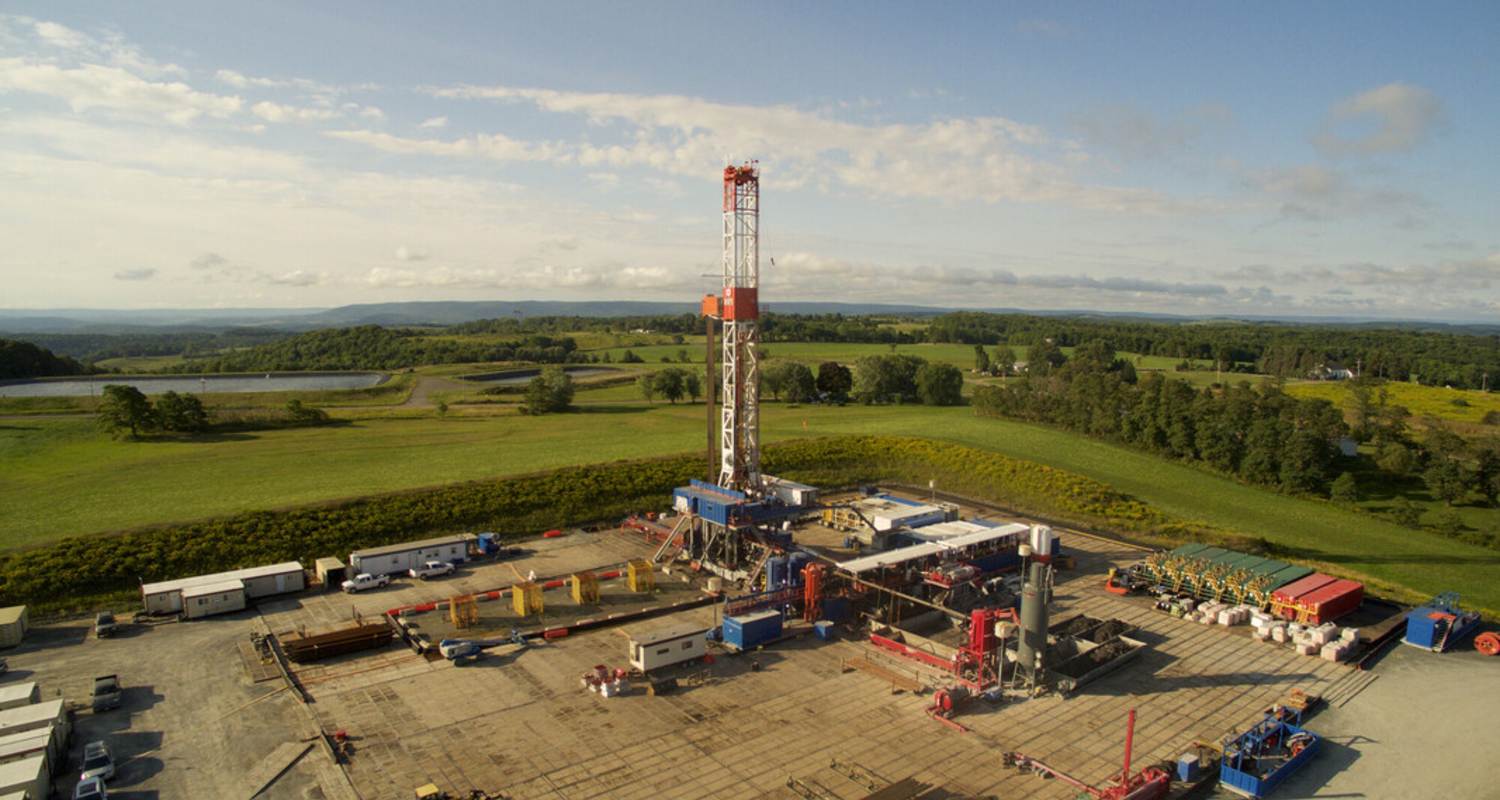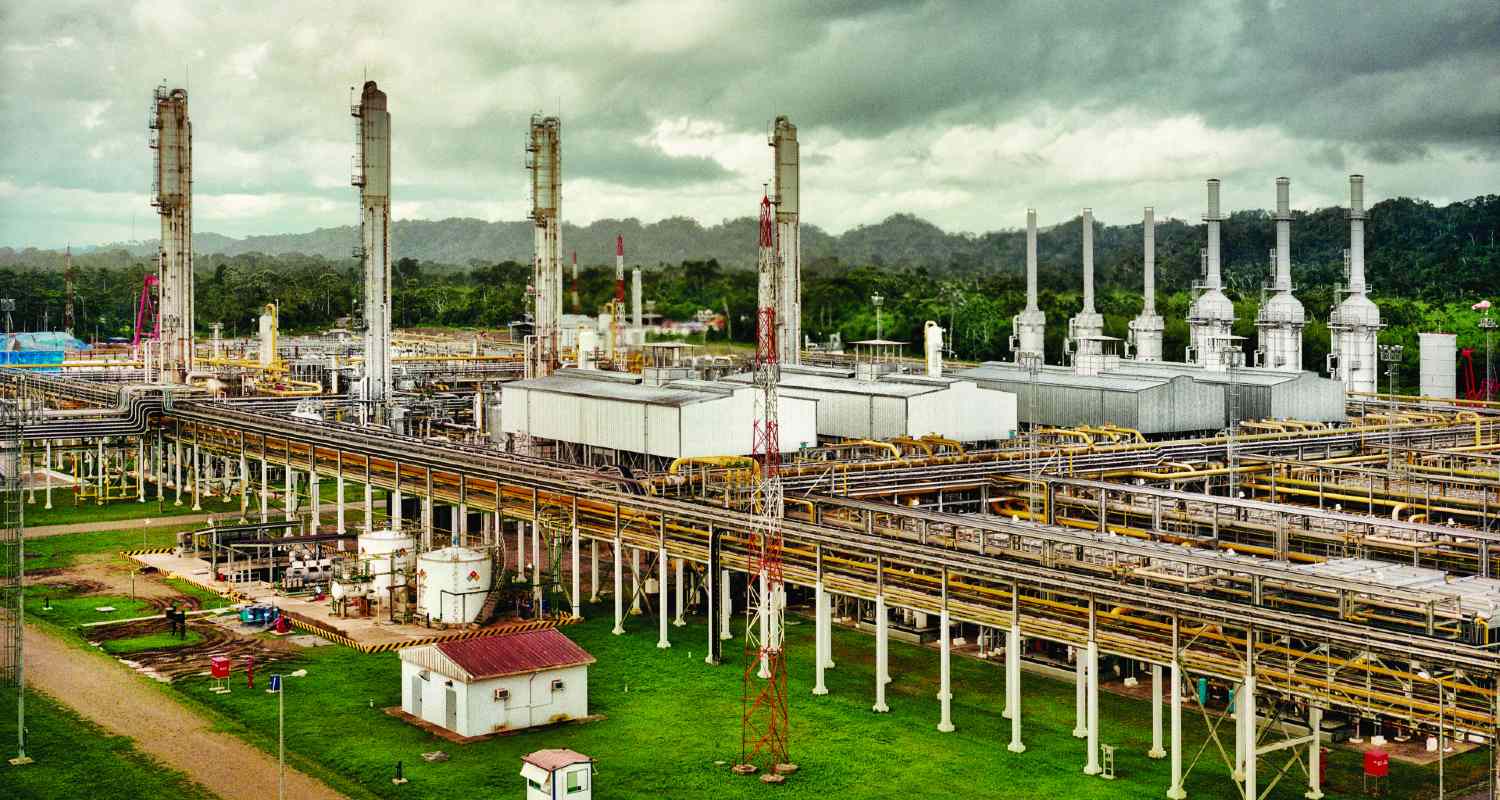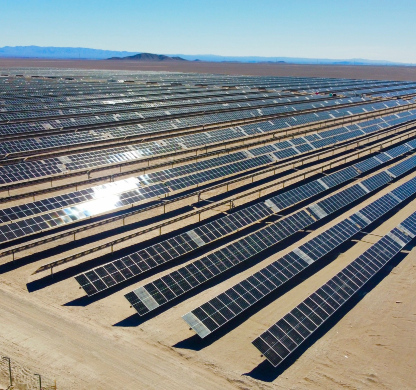Main lines of action
Main lines of action
The roadmap for water management is deployed in concrete actions. These are the four lines of action:
External reuse
External reuse
We encourage the use of alternative sources of water that do not come directly from the environment.
Efficient use
Efficient use
We work to reduce and optimize water consumption across our range of activities.
Internal reuse
Internal reuse
We use the latest technologies that allow us to obtain high quality treated water for reuse in our operations.
Reduced impact of discharges
Reduced impact of discharges
We comply with increasingly demanding external requirements and internal standards, with the aim of reducing the impact on the natural environment.
